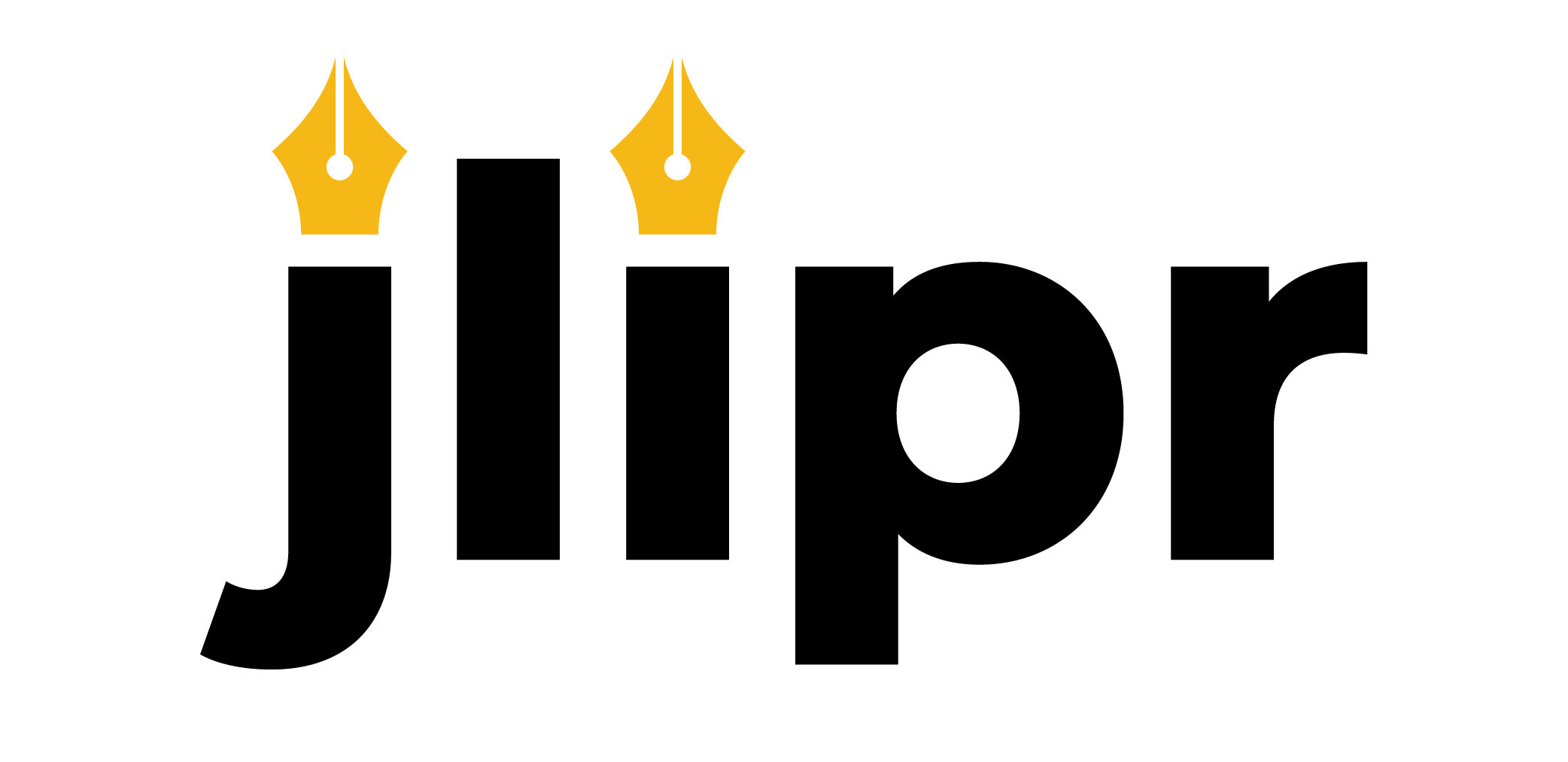This concise, highly useful publication examines significant developments in unnoted areas of law, trademark, trade secret and intellectual property law. With “how-to” articles on subjects like conducting an intellectual property audit, conducting exit interviews and looking into the actions of former co-workers or competitors, Journal of Law and Intellectual Property Rights assists intellectual property professionals in finding solutions to real-world issues. Expert practitioners, executives, and consultants write articles for each issue that cover topics such global business trends, practical security considerations, and judicial and legislative changes. Sample agreements and documents on crucial subjects that can be customized for particular circumstances are also included in issues.
- English is the language of the publication in Journal of Law and Intellectual Property Rights.
- Articles submitted to this journal should not be simultaneously submitted to other journals for publication consideration or published elsewhere.
- There are no costs associated with this journal. The information is accessible and unrestricted.
- The following citation styles should be used when submitting articles as Microsoft Word documents:
Size of paper: 21 x 29.7 cm
Margins Details: Left 2.54 cm; Right 2.54 cm; Top 2.54 cm; Bottom 2.54 cm
Text body: Justified, Times New Roman, 12 points, with 1.0 line spacing.
Footnotes: Justified, Times New Roman, 10 points, at 1 line spacing
- You must submit all manuscripts online at research@ciir.in.
- The complete address of the author should appear on every paper. The submission to the editor must clearly list the author(s)’ name(s), academic title(s), formal position(s), institutional affiliation(s), and contact information particularly email address.
- At the end of the article, in an alphabetically arranged Bibliography, all citations should be included in IEEE form and numbered according to their order of appearance in the text/content of the article.
- IEEE Citation Style should be used for all citations in all articles; learn more here.
Book/Book Chapter:
[1] C. W. Li and G. J. Wang, “MEMS manufacturing techniques for tissue scaffolding devices,” in Mems for Biomedical Applications, S. Bhansali and A. Vasudev, Eds. Cambridge: Woodhead, 2012, pp. 192-217.
Journal Article:
[2] F. Yan, Y. Gu, Y. Wang, C. M. Wang, X. Y. Hu, H. X. Peng, et al., “Study on the interaction mechanism between laser and rock during perforation,” Optics and Laser Technology, vol. 54, pp. 303-308, Dec 2013.
e-Article Book/Paper available online:
[3] M. Semilof. (1996, July). “Driving commerce to the web-corporate intranets and the internet: lines blur”. Communication Week [Online]. vol. 6, issue 19.
Available: http://www.techweb.com/se/directlinkcgi?CWK19960715S0005
- Before submitting their work to our Journal, authors should proofread it thoroughly.
- Including footnotes and inside text quotations, the accepted similarity (as determined by the Turnitin software) cannot be more than 20%. Since we check this twice to guard against plagiarism, we recommend writers to do so before submitting their work to our publication.
- All authors are assumed to have given their agreement for their works to be published by submitting the manuscript to the journal.
- All submitted articles go through a blind peer review process. The opposite party will not learn the author(s) or reviewer(s)’ identities.
- The final accepted article for the journal’s will be published in the subsequent issue. This says that after the deadline dates of a particular issue, articles will be reviewed and published in the subsequent issue. The final accepted article for the June edition is due on May 15, and the final accepted piece for our December issue is due on November 15.
- Each edition of the Journal that is released will be made available on the Journal website as a PDF file.
- The writers are solely responsible for the published articles.
The Journal of Law and Intellectual Property Rights has a policy which permits authors to deposit all versions of their article in any institution or other repository of their choice.
The final published version may be placed on:
- the author’s personal website
- the author’s company/institutional repository or archive
- not for profit subject-based preprint servers or repositories
For non-commercial and non-promotional research and private study purposes individual users may view, print, download and copy self-archived articles, as well as text and data mine the content under the following conditions:
- The authors’ moral rights are not compromised. These rights include the right of “paternity” (the right for the author to be identified as such, also known as “attribution”) and “integrity” (the right for the author not to have the work altered in such a way that the author’s reputation or integrity may be damaged). All reuse must be fully attributed
- Where content in the article is identified as belonging to a third party, it is the obligation of the user to ensure that any reuse complies with the copyright policies of the owner of that content
- Self-archived content may not be re-published verbatim in whole or in part, whether or not for commercial purposes, in print or online. This restriction does not apply to use of quotations with appropriate citation, or text and data mining provided that the mining output is restricted to short excerpts of text and data and excludes images (unless further consent is obtained from the journal Journal of Law and Intellectual Property Rights).
